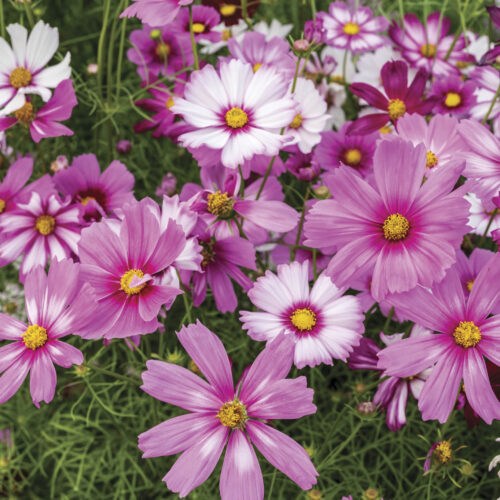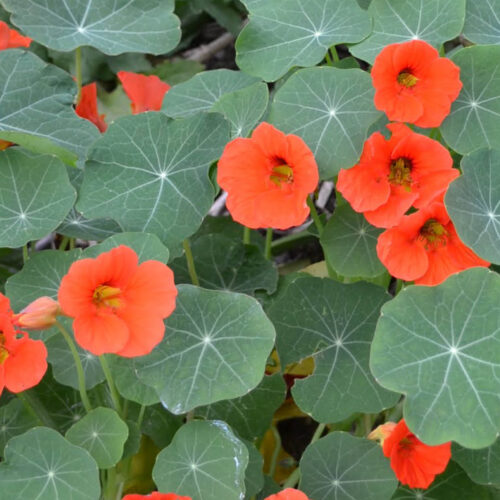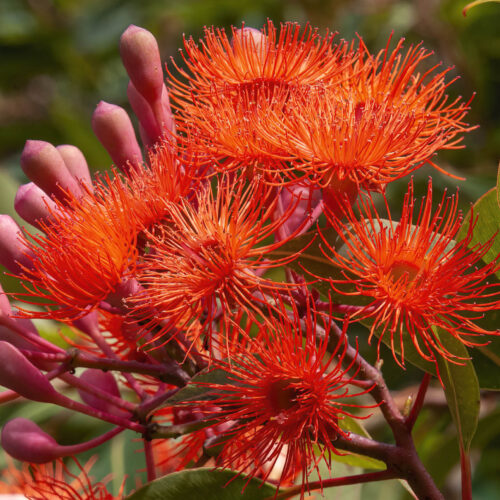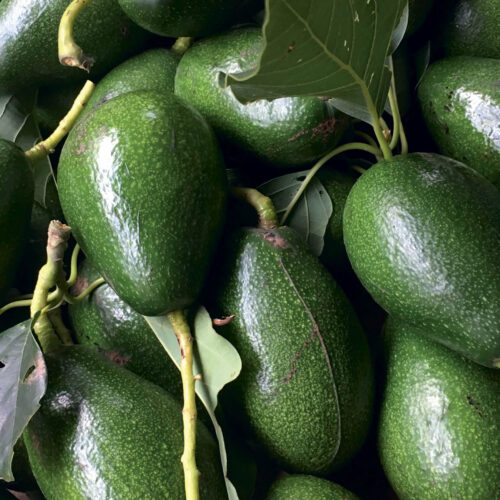Stunning sunflowers
2016-10-14T00:39:04+11:00
With the weather warming, PENNY WOODWARD says to plant sunflowers now.
The first warm days of spring mean that summer is not far away, and for me summer isn’t summer without sunflowers. Their bright yellow and terracotta faces are the essence of those lazy, hazy, crazy days of summer when the garden is buzzing with bees. This first warmth always reminds me to dig out my sunflower seeds and get them into the ground.
This year I am growing Evening Sun for the lovely deep orange-red flowers, which repeat flower as long as the dying flowers are removed, and Giant Russian, because I love their triffid-like growth and size. But there are plenty of other striking sunflowers out there so choose a variety that appeals and start growing. I’m planting some in clumps, and others on their own amongst other plants.
Snails and slugs love young, just-emerged sunflower seedlings, so I place a cut-off piece of downpipe with a copper band around it to stop the slimy critters from getting past. These are removed before the plants get too big.
Sunflowers not only look fabulous but are also a magnet for beneficial insects. They are also great plants for children and the smaller forms grow well in pots. They like humus-rich well-drained soil, and in a very sunny position they will thrive. If you grow very tall varieties then you might need to tie them to a stake or nearby fence.
Are sunflowers really heliotropic? In other words, do the flowers really follow the sun? The answer is yes, if they are young, actively growing sunflowers. In the morning they face east, and by evening they are facing west. Once the plant is fully grown though, the movement stops. Generally mature plants will all face east.
If you grow heirloom sunflowers then it’s easy to save seed each year to plant the following season. Leave plants in the ground until the flower head is completely brown. You might need to protect the ripening seed head from marauding cockatoos and rosellas by covering each with an old stocking. Once completely dry the seed is easily removed and stored in an envelope or glass jar out of direct light.
Today, sunflowers are mainly grown for their nutritious seeds but every part has been used at some time in history. Seeds are high in protein, minerals and vitamins and can be eaten fresh or made into oil. The petals can be eaten, and are also used to make a pale-yellow dye with an alum mordant. Leaves are used as stock feed and the fibrous stems can be made into paper.






